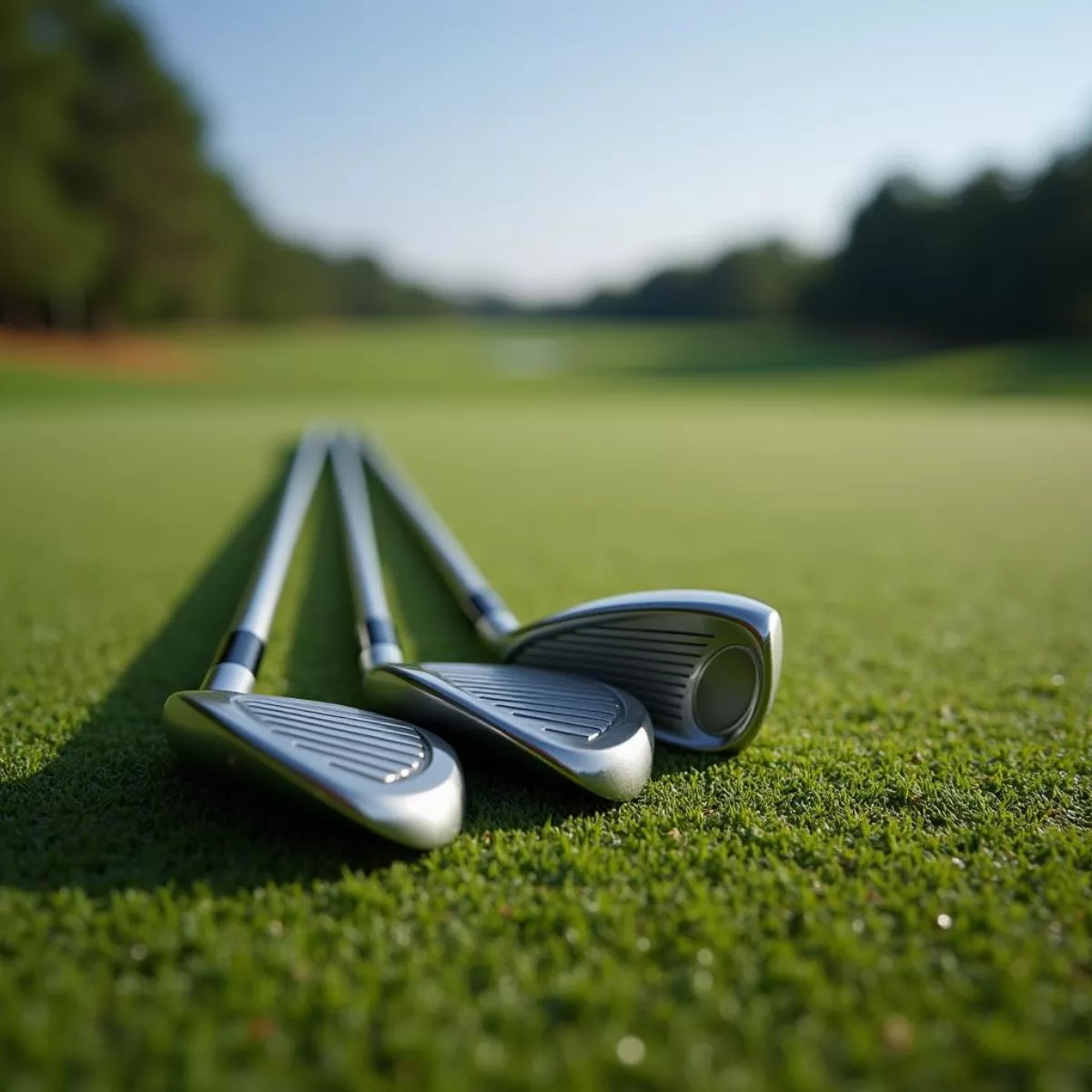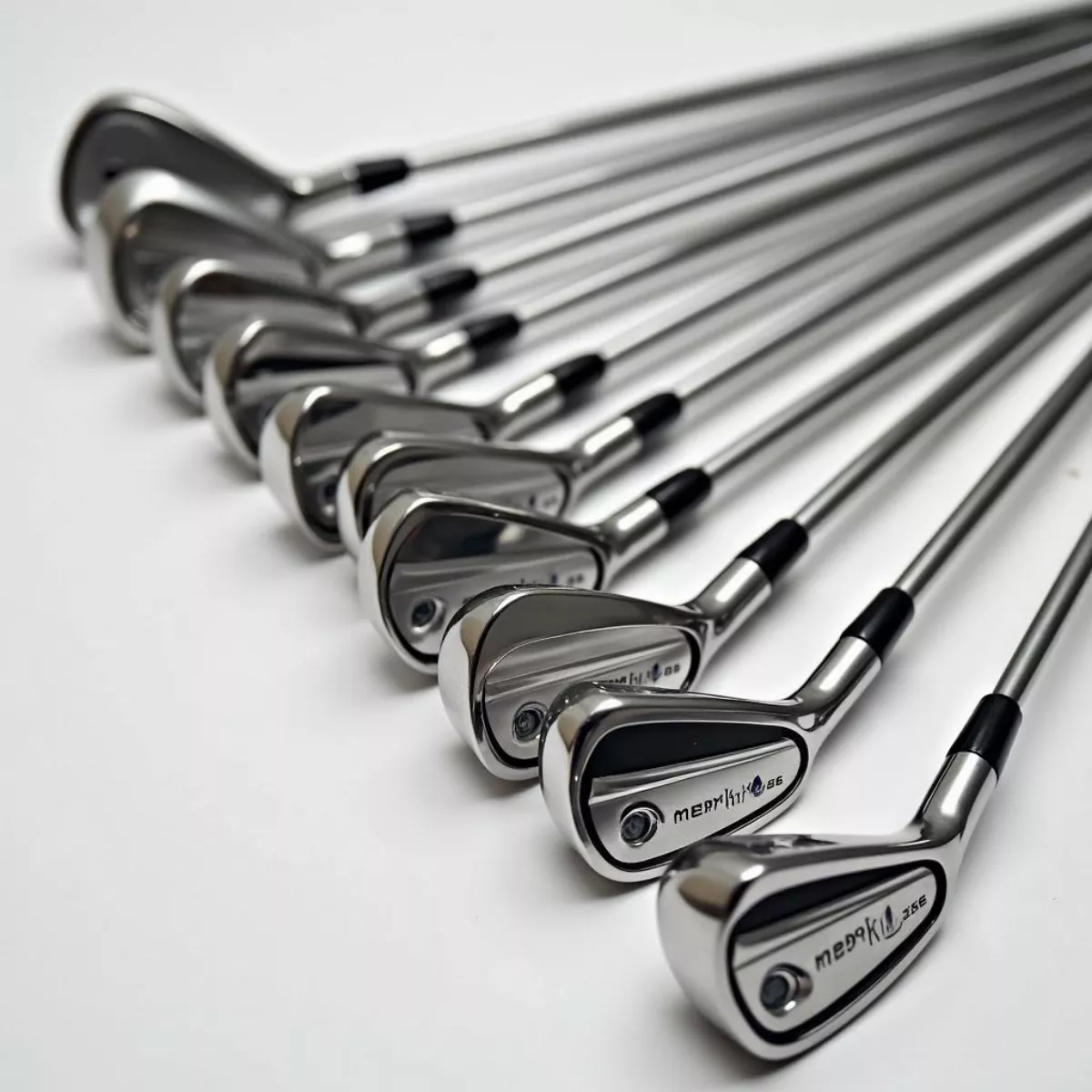Golf can sometimes feel like a game of endless choices, particularly when it comes to choosing the right clubs to include in your bag. Two of the most important categories of clubs are woods and irons. While both are essential for a successful game, they serve distinct purposes and have different designs that can significantly influence your performance on the course. In this guide, we’ll break down the differences between golf woods and irons, helping you understand when to use each type of club.
What Are Golf Woods?
Golf woods are typically used for long-distance shots. Despite their name, many modern woods are made from materials other than wood, like titanium or composite metals, allowing for lighter, more resilient clubs. They excel in producing long drives and can efficiently cover a lot of ground.
Key Characteristics of Woods
- Longer Shaft Length: Woods generally have longer shafts than irons, allowing for a greater swing arc and longer distances.
- Larger Clubhead: The larger clubhead helps to strike the ball effectively, resulting in higher launch angles.
- Low Center of Gravity (CG): Woods are designed with a lower CG, making it easier to hit the ball higher and farther.
Common Types of Woods:
- Driver (1-wood): Highest loft and usually the longest club in your bag, used primarily for tee shots.
- Fairway Woods (3-wood, 5-wood, etc.): Used for both tee shots and long shots from the fairway.
- Hybrid Woods: Combine elements of woods and irons, offering versatility and distance.
 Golf woods set
Golf woods set
What Are Golf Irons?
Irons are more versatile clubs typically used for mid to short-range shots. They range from the 3-iron to the 9-iron, with each club offering varying lofts that enable more controlled and precise shots.
Key Characteristics of Irons
- Shorter Shaft Length: Irons feature shorter shafts, enabling better control over both the ball and the clubhead.
- Smaller Clubhead: The smaller clubhead facilitates more precise strikes and better workability for shaping shots.
- Higher Loft: Irons provide higher lofts, making it easier to get the ball into the air, especially useful for landing shots on the green.
Common Types of Irons:
- Long Irons (2, 3, 4): Good for long-distance shots but harder to control.
- Mid Irons (5, 6, 7): Perfect for approach shots; balance between distance and control.
- Short Irons (8, 9): Excellent for short, accurate shots.
- Wedges: Specialized irons for short distances and high loft; ideal for chipping and pitching.
 Different golf irons
Different golf irons
Woods vs. Irons: Key Differences
Understanding the differences between woods and irons is crucial for making informed decisions on the golf course. Here’s a quick comparison:
| Feature | Woods | Irons |
|---|---|---|
| Length | Longer | Shorter |
| Clubhead Size | Larger | Smaller |
| Distance | Longer distances | Controlled distances |
| Usage | Off the tee and long fairway | Approaches and short games |
| Loft | Lower lofts | Higher lofts |
When to Use Woods
- Tee Shots: The driver is your go-to option for maximum distance off the tee.
- Long Approach Shots: If you’re 200+ yards from the green, a fairway wood can help you cover the distance.
- Wide Fairways: In open areas where precision is less critical, using a wood can be beneficial.
When to Use Irons
- Approach Shots: Irons are essential for hitting precise shots on the green.
- Short Game: When you need finesse around the greens, short irons and wedges are crucial.
- Tight Lies: Irons excel in scenarios requiring accuracy, like being near obstacles or when the lie is tricky.
 Golfer choosing a club
Golfer choosing a club
Tips for Choosing Between Woods and Irons
Making the right choice in your club selection can turn an average game into an excellent one. Here are some factors to consider:
- Conditions: Assess whether you’re dealing with a long-distance shot (go with woods) or a precise approach to the greens (opt for irons).
- Personal Comfort: Some golfers feel more comfortable with the feel of woods, while others swear by their irons. It’s essential to practice with both to determine your preference.
- Skill Level: Beginners often find that irons offer more control, while advanced players can effectively use both woods and irons.
Practice Makes Perfect!
Spend time on both the driving range and the course to become more familiar with each type of club. The more you practice, the more instinctual your club selection will become.
Key Takeaways
- Woods are primarily used for long-distance shots and are beneficial for tee-offs and wide fairway situations.
- Irons are essential for precision shots, particularly when approaching the green.
- Understanding club characteristics can help golfers make better choices during play.
- Personal comfort and practice time significantly influence how well you play with each club type.
FAQ Section
1. What type of shots are best suited for woods?
Woods are best for tee shots and long approach shots from the fairway. They generate maximum distance thanks to their longer shafts and larger clubheads.
2. Can I use a hybrid instead of a wood?
Yes, hybrids combine features of both woods and irons, offering versatility. They are suitable for various lies and can be a great alternative to both clubs.
3. When should I use an iron instead of a wood?
Use irons for approach shots to the green, short game scenarios, and when accuracy is more valuable than distance.
4. Are there specific woods for beginners?
Beginners often benefit from fairway woods, like the 3-wood, since they offer a balance of distance and ease of use.
5. Should I carry both woods and irons in my bag?
Yes, carrying a mix of woods and irons, as well as wedges, will provide you with the best chance to handle various course situations.
6. How do I choose the right iron?
Choosing the right iron largely depends on your skill level and shot requirements, with long irons being more challenging and short irons providing better control.
7. What if I hit my woods too high or too low?
Evaluating your equipment and swing mechanics with a professional can help you adjust. Experiment with different lofts or setups to find what works best for you.
8. Do I need to replace my woods and irons regularly?
It’s not necessary to replace them frequently, but pay attention to wear and tear as it can affect performance. If you’re hitting inconsistently, it might be time to upgrade.
9. Can custom fittings help my game?
Yes! Getting custom-fitted clubs can greatly enhance your performance by ensuring the clubs match your swing style and physique.
10. How can I improve my wood and iron shots?
Regular practice, video analysis, and lessons with a professional can enhance your skills with both woods and irons. Always focus on your grip, stance, and swing mechanics.
By understanding the fundamental differences between golf woods and irons, you’re better prepared to make informed decisions that can improve your game. Whether using a driver for that perfect tee shot or selecting the right iron for your approach, the combination of woods and irons will be your secret weapon on the fairway. Happy golfing!

